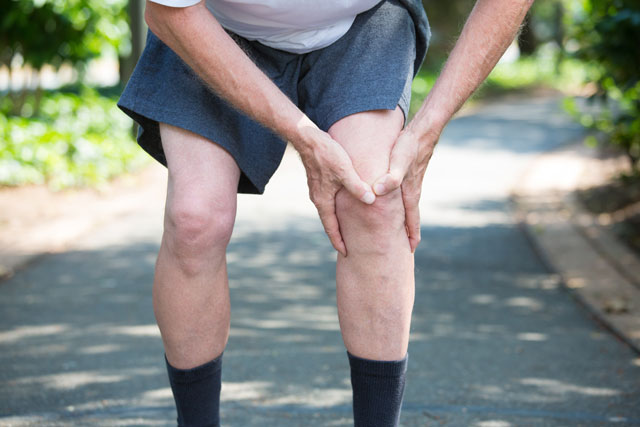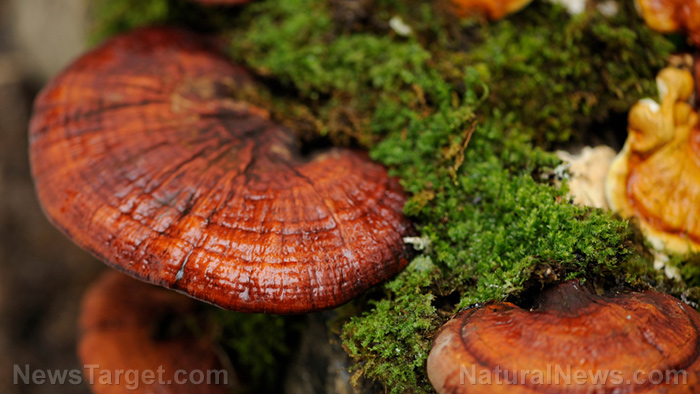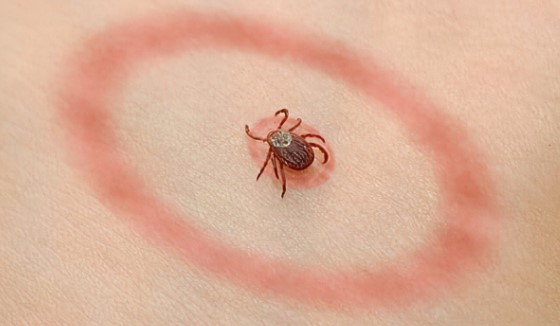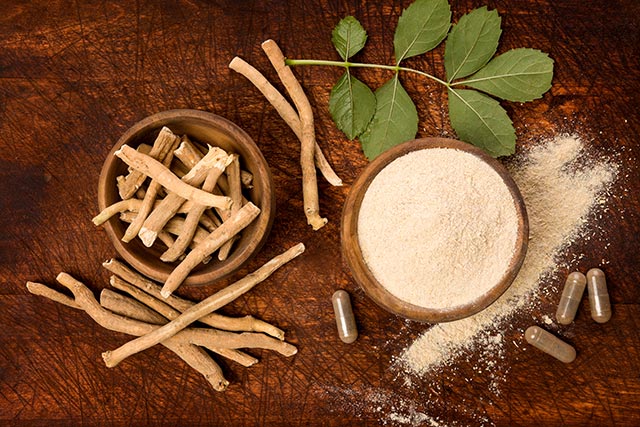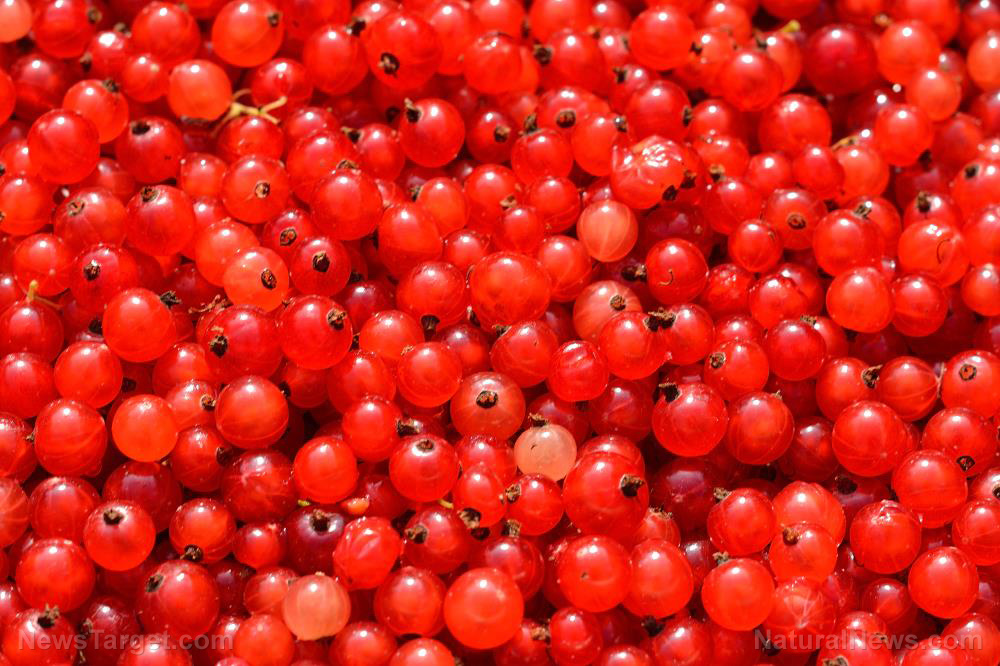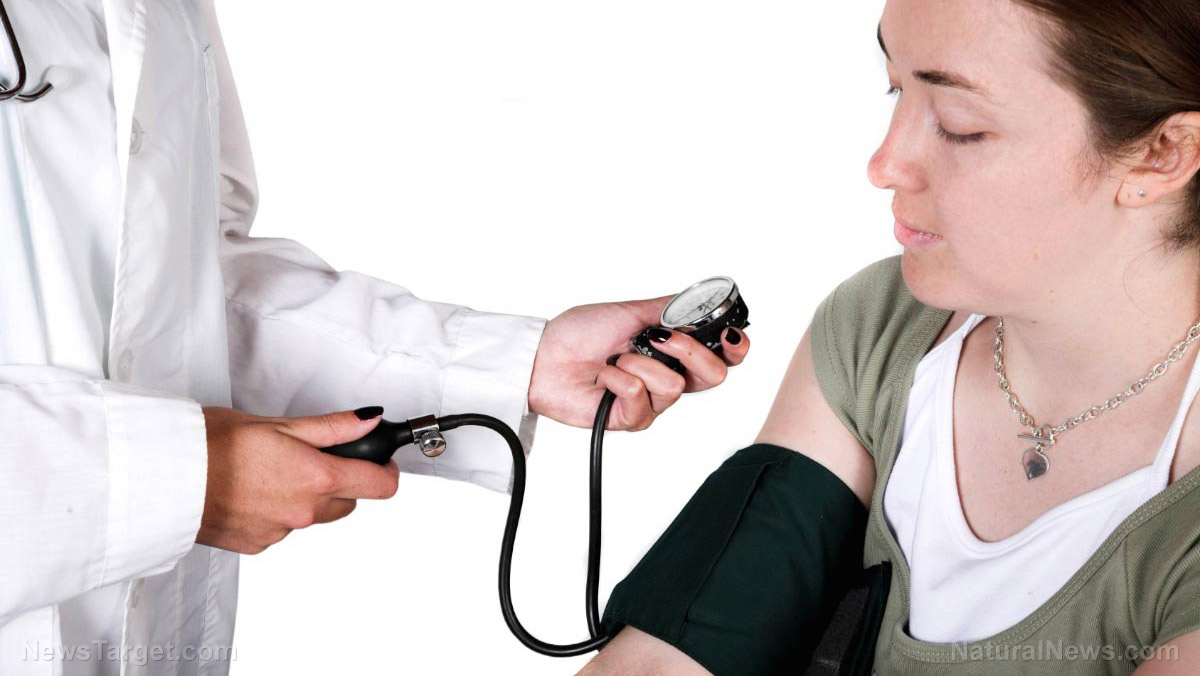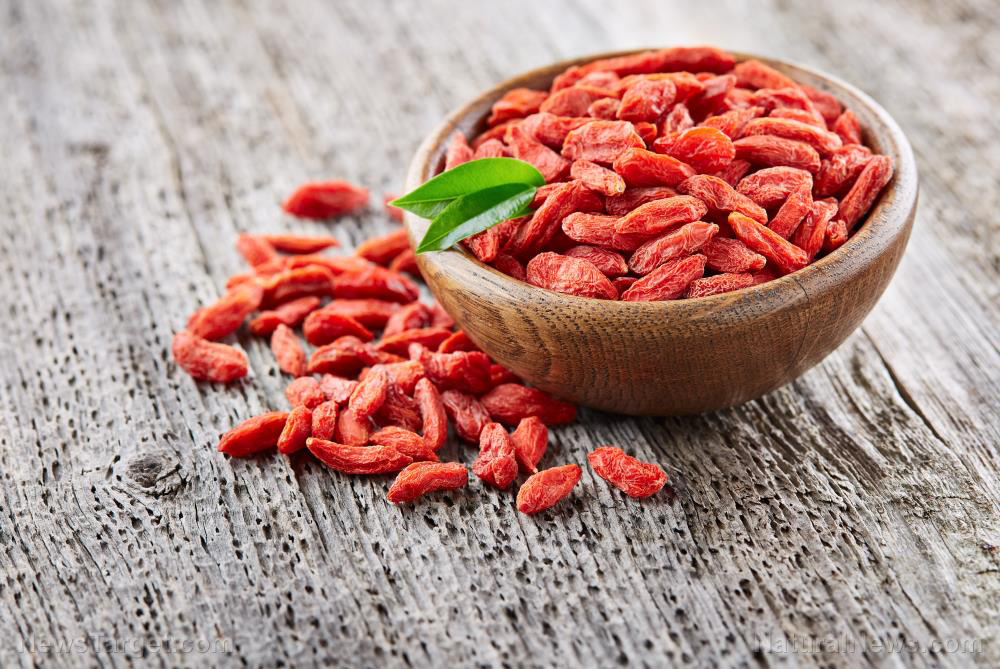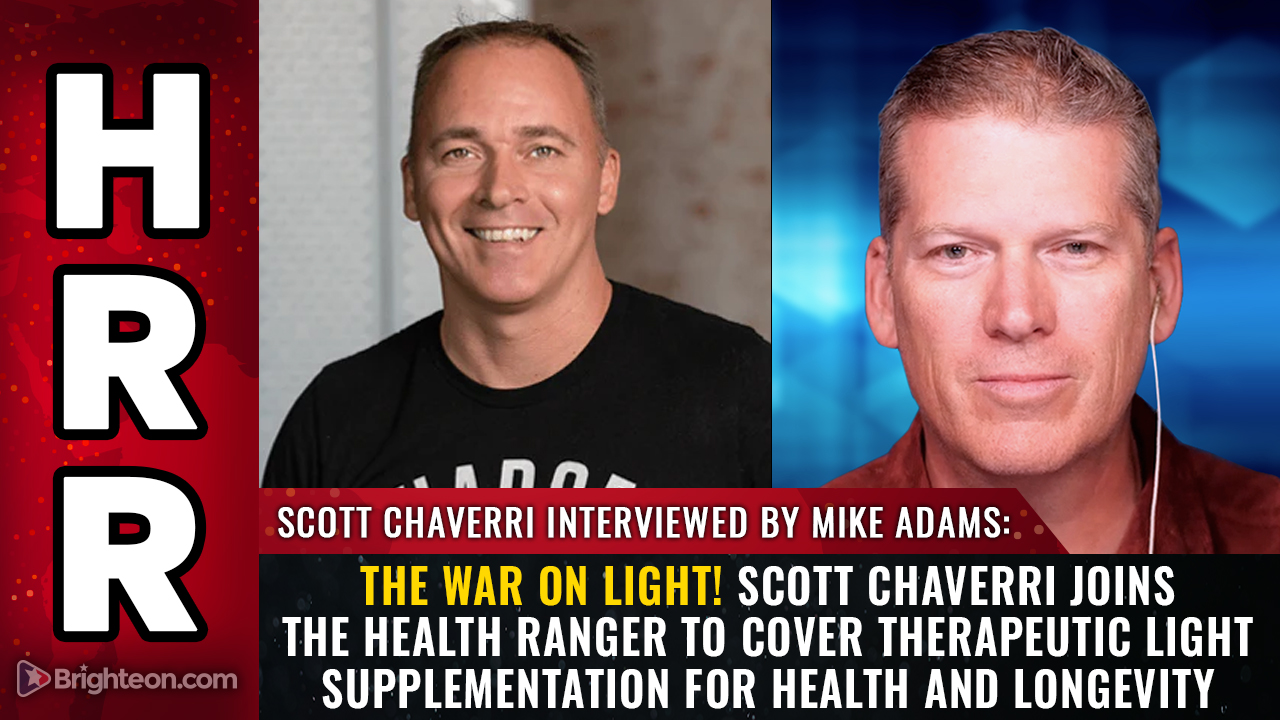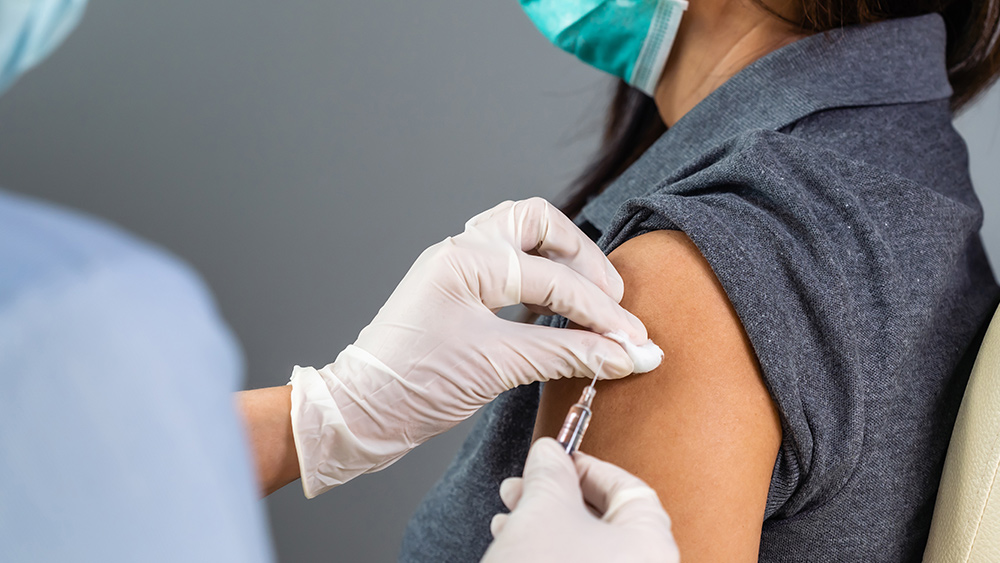The hidden danger of Chlorphenesin: A silent threat in personal care products
08/11/2025 / By Zoey Sky

- A common preservative in cosmetics (lotions, sunscreens), chlorphenesin belongs to a chemical class linked to pesticides and acts as an endocrine disruptor, disrupting hormone systems and raising risks of reproductive issues, developmental delays and skin irritation.
- FDA warnings highlight chlorphenesin’s dangers to infants — causing nervous system depression, vomiting and diarrhea — emphasizing its presence in baby care products as a hidden hazard.
- Found in moisturizers, sunscreens and even “hypoallergenic” or sensitive-skin products, chlorphenesin is often disguised under brand claims of safety.
- Brands with certifications (EWG, USDA Organic) and natural ingredients like glycerin or plant-based humectants (e.g., shea butter) offer safer choices. Avoid phenoxyethanol (another problematic preservative) by seeking phthalate-free or “clean beauty” labels.
- Prioritize thorough label reading, choose trusted brands and support regulations demanding transparency. Detox efforts (hydration, fiber) help, but long-term solutions require phasing out harmful chemicals industry-wide.
Cosmetic formulations often rely on a cocktail of chemical additives, many of which remain obscure to consumers despite their pervasive presence. Among these is chlorphenesin, a controversial ingredient found in a host of personal care products.
Despite its common use, this chemical raises significant concerns about human health and environmental safety.
Chlorphenesin: Industrial uses and toxicity
Chlorphenesin, also known as chlorphenesin carbamate or PCC-7, is an organic compound belonging to the carbamate family. Primarily employed as a preservative, plasticizer and humectant in cosmetics, chlorphenesin keeps formulations stable and prevents bacterial growth and contamination. Its utility as an emollient extends its application in lotions and creams, improving texture and feel.
However, its benefits come with steep costs.
Chlorphenesin is ubiquitous in cosmetics, particularly in moisturizers, sunscreens, foundations and body lotions. It is also incorporated into haircare products, including shampoos and conditioners, where it helps preserve formulas and enhance slipperiness.
Despite its prevalence, chlorphenesin’s risks often go unnoticed, as labels rarely explain the hazards associated with this chemical.
Chlorphenesin’s toxicity centers on its role as an endocrine disruptor. Endocrine disruptors interfere with hormonal signaling, potentially causing reproductive issues, developmental delays and metabolic imbalances.
Exposure to chlorphenesin has also been linked to skin irritation, contact dermatitis and allergic reactions, exacerbating conditions like eczema for sensitive individuals. (Related: Iodopropynyl Butylcarbamate: The controversial preservative hiding in cosmetics.)
Systemic absorption through the skin further compounds risks. A 2015 study noted that chlorphenesin metabolites persist in the bloodstream, raising concerns about long-term exposure. Its carbamate structure, similar to pesticides, has raised alarms, as this class of chemicals is notorious for impacting neuronal and immune function.
Products to watch for
Chlorphenesin lurks in products marketed for sensitive skin, a paradoxical quandary. Consumers seeking gentle formulas may inadvertently apply products laden with the chemical, such as:
- Moisturizers – Brands touting “clinically tested” or “hypoallergenic” often include chlorphenesin.
- Sunscreen – Protecting against UV radiation may come at the cost of endocrine disruption.
- Baby care products – Even formulations for children may contain chlorphenesin due to its preservative properties.
Alternatives to chlorphenesin
Opting for chlorphenesin-free products demands diligent label-reading and a shift to certified natural brands. Consider the following alternatives:
- Preservatives – Opt for paraben-free formulations. Although phenoxyethanol is considered a “safer” alternative, this chemical also comes with its own set of health risks.
- Natural humectants – Glycerin or plant-based extracts like shea butter provide moisturizing benefits without synthetic additives.
- Certification programs – Products labeled with USDA Organic, EWG Verified or Leaping Bunny logos are safer choices.
While the body metabolizes chlorphenesin primarily via the liver and kidneys, prolonged exposure necessitates proactive measures. Drinking ample amounts of water, consuming fiber-rich diets and using sauna sessions to induce sweating may aid detoxification.
However, experts emphasize that avoiding further exposure is the most effective strategy.
Chlorphenesin epitomizes the trade-off between cosmetic efficacy and human health. Its presence underscores a broader issue: the lack of transparency in product labeling and regulatory oversight.
Consumers can mitigate risks by scrutinizing labels, prioritizing clean beauty and supporting ethical brands. As awareness grows, the call for accountability in the cosmetics industry and the phased elimination of toxins like chlorphenesin becomes imperative.
This story is not medical advice and is not intended to treat or cure any disease. Always consult with a qualified naturopathic physician for personalized advice about your specific health situation or concern.
Visit Health Ranger Store and Brighteon Store to find lab-verified skincare products that are free from harmful chemicals like chlorphenesin.
You can also go to NaturalNews.com, an excellent resource for related articles about harmful cosmetic ingredients and safer natural alternatives. This platform allows you to explore the world of harmful ingredients and safer alternatives.
Brighteon.ai is an AI model created by Mike Adams, also known as the Health Ranger. This model is available as a free download to be run locally and is designed to help share and decentralize knowledge. By doing so, it aims to bypass censorship and empower people with knowledge.
If you’re searching for a platform that champions uncensored video content and free speech, particularly for discussions on nutrition, natural medicine, ingredients and related topics, visit Brighteon.com. This website offers a space for open dialogue and exploration of these subjects without restrictions.
Brighteon.IO and Brighteon.social are two free speech-focused social media platforms where users can openly discuss topics such as health, nutrition, ingredient safety, toxicity and related subjects without fear of censorship. These platforms aim to provide a space for unrestricted dialogue on critical issues.
Watch this clip about Organic Extra Virgin Olive Oil that you can use to make DIY skincare products and more.
This video is from the Health Ranger Store channel on Brighteon.com.
More related stories:
The silent threat of Formaldehyde and Formaldehyde Releasers in personal care products.
The dangers of DMDM Hydantoin in personal care products.
Your skin absorbs toxins: Is your deodorant putting you at risk?
Sources include:
Submit a correction >>
Tagged Under:
allergens, allergies, chlorphenesin, cosmetic ingredients, Cosmetics, Endocrine disruptors, health science, men's health, Personal care products, products, skin care, skin health, skincare, toxic chemicals, toxic ingredients, toxins, women's health
This article may contain statements that reflect the opinion of the author


